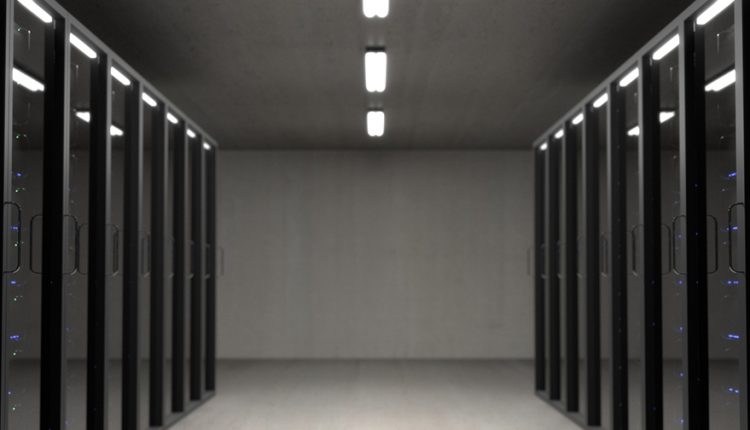According to a survey conducted by Oracle, data center downtime costs on average $1,400 per minute, or close to $100,000 for just one hour of system unavailability. In today’s world, no data center manager can afford to leave assets unprotected from power issues, both in cost and reputation.
Here Jeff Edwards, CEO and founder of transient surge protection specialist Energy Control Systems, has advised data center managers about how to mitigate dangers of poor power quality.
Data centers control every aspect of economic life, from power generation, lighting, telecommunications, internet, transport, urban traffic, banks, and security systems, through to public health and entertainment.
Data centers need an electrical supply that is not only reliable, but free of disturbances that may cause equipment failure, downtime and corrupted data. This is not guaranteed when the US standard voltage can legally vary from 5.7 to 8.3%.
Monitoring tools have evolved over the years to provide better visibility of power consumption across the facility by tracking the load of each circuit and forecasting power requirements. Data center managers may virtualize underperforming assets, decommission older hardware and grow to scale. Virtualization tools also allow data center managers to improve infrastructure management and promote proactive energy management by identifying hot spots before they reach critical levels to improve server performance. Monitoring all points in the power distribution path can be the difference between managing a power surge and getting crippled by one.
Using this data, operators can reduce energy waste by 20 to 40 per cent. Proactive maintenance will help adjust power needs and verify that critical hardware components are working effectively. Implementing surge suppression in the data center will help to ensure that equipment is protected, and that any surges are effectively diffused.
Power quality issues include electrical harmonics, poor power factor, voltage instability and unbalanced loads on electrical equipment. There are specific IEC power quality standards to provide guidance, like IEC 61000-4-11 – voltage sag immunity – 16 Amps or less, IEC 61000-4-34 – voltage sag immunity – more than 16 Amps, and IEC 61000-4-30 – power quality measurement methods. In addition, there are several other IEC 61000 standards covering aspects such as limits on harmonics emissions, tests and measurement, installation and mitigation, and generic immunity & emissions standards.
Surge Suppression
Power disturbances can be prevented with surge suppression. Facility decision-makers need to take steps to mitigate potential damage and downtime, and surge suppression is the solution for preventing power malfunctions and minimizing hardware deterioration.
Most power systems can accommodate a certain level of harmonic currents but will experience problems when harmonics become a significant component of the overall load. As higher frequency harmonic currents flow through the power system, they can cause communication errors, overheating and hardware damage, such as overheating of electrical distribution equipment, cables, transformers and standby generators.
High voltages and circulating currents can be caused by harmonic resonance, as well as equipment malfunctions due to excessive voltage distortion, and increased internal energy losses in connected equipment. Continued exposure to these power quality issues can shorten the life span of hardware and software, leading to eventual failure. Poor power quality can also trigger false tripping of branch circuit breakers, metering errors, fires in wiring and distribution systems, generator failures, and lower system power factor, resulting in penalties on utility bills.
Data centers rely on the optimal performance of IT hardware and software, so a power surge can cause expensive damage to equipment and productivity. Implementing efficient surge protection equipment that protects both hardware and software can help data center managers minimize any power quality issues, whether it is a nuisance or serious damage.

